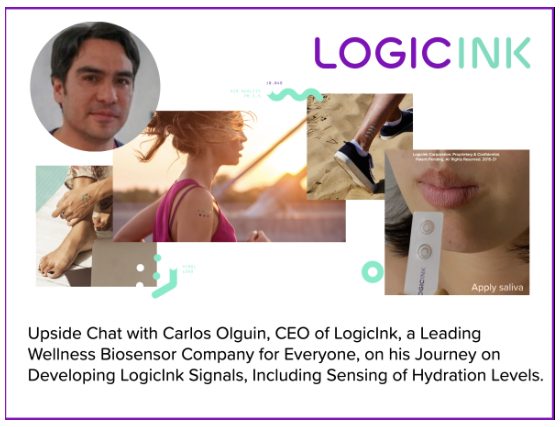This week we have the honor to interview Carlos Olguin, the CEO of LogicInk a leading wellbeing biosensor company for everyone. Powered by programmable chemistry and biology, LogicInk is a San Francisco-based company developing biosensors called Signals. LogicInk Signals come in two form factors. In one case they can be worn…
Share This Story, Choose Your Platform!
Total reviews
Persons recommended this product
Anonymous
Shopper
check_circle Verified
Shop owner replied
Anonymous
Shopper
check_circle Verified
Shop owner replied
Thanks for your review!
Your feedback helps us improve our service.
There are no reviews yet.
Be the first to review “ ”
Please log in to submit a review.
Don't have an account? Register here .
Only logged in customers who have purchased this product may leave a review



